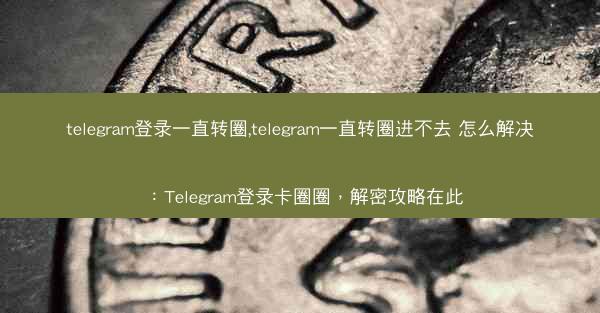
The Art of Paper Airplane: How to Translate Paper Airplane into Chinese
In the world of aviation, the paper airplane stands as a simple yet captivating symbol of creativity and joy. Whether you're a child crafting a masterpiece or an adult reminiscing about simpler times, the paper airplane has a universal language. But what if you want to share this joy with someone who speaks Chinese? This article will guide you through the translation of paper airplane into Chinese and delve into the cultural significance of this beloved toy.
---
Understanding the Translation: Paper Airplane in Chinese
The translation of paper airplane into Chinese is 纸飞机 (zhǐ jī fēi). The word 纸 (zhǐ) means paper, and 飞机 (jī fēi) means airplane. It's a straightforward translation that captures the essence of the object.
Cultural Significance of Paper Airplanes
1. A Symbol of Childhood
Paper airplanes are often associated with childhood. They remind us of carefree days spent playing outside, experimenting with different designs, and watching our creations soar. In Chinese culture, paper airplanes are no exception. They are a cherished part of childhood memories, symbolizing innocence and the joy of learning.
2. A Tool for Education
In China, paper airplanes are not just toys; they are also used as educational tools. Teachers often use them to teach students about aerodynamics, physics, and design. The process of making and flying paper airplanes helps children understand complex concepts in a fun and interactive way.
3. A Tradition of Craftsmanship
The art of making paper airplanes is deeply rooted in Chinese tradition. It's a skill that has been passed down through generations, with each family having its own unique techniques and designs. This tradition reflects the Chinese culture's respect for craftsmanship and the importance of hands-on learning.
How to Make a Paper Airplane in Chinese
1. Materials Needed
To make a paper airplane, you'll need a sheet of paper. In Chinese, this is called 一张纸 (yī zhāng zhǐ). The most common type of paper used is A4纸 (A4 zhǐ), which is widely available in China.
2. Basic Steps
The basic steps to make a paper airplane are as follows:
- Fold the paper in half lengthwise.
- Fold the top corners to the center crease.
- Fold the top edges down to the bottom edge, creating a triangle.
- Fold the triangle in half along the original center crease.
- Fold the wings down and adjust for balance.
3. Advanced Techniques
For those looking to take their paper airplane skills to the next level, there are various advanced techniques to try. These include adding flaps for stability, using different types of paper for weight, and experimenting with various designs.
The History of Paper Airplanes
1. Ancient Origins
The history of paper airplanes dates back to ancient China. The earliest known paper airplane was made in the 5th century BC. These early models were often used for entertainment and as a form of communication.
2. Modern Developments
In the 20th century, paper airplanes became more popular as a hobby. The development of new materials and designs led to the creation of various types of paper airplanes, each with its own unique characteristics and flying abilities.
3. Contemporary Innovations
Today, paper airplanes continue to evolve. With the advent of 3D printing and advanced materials, paper airplanes are being used for scientific research and even as a form of art.
Conclusion
The paper airplane, known as 纸飞机 in Chinese, is more than just a toy; it's a symbol of creativity, education, and tradition. Whether you're a child or an adult, making and flying paper airplanes can bring joy and a sense of accomplishment. So, the next time you want to share this joy with someone who speaks Chinese, remember that paper airplane translates to 纸飞机 and embark on a journey of creativity together.









